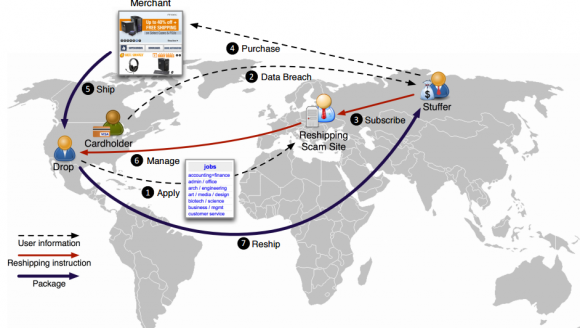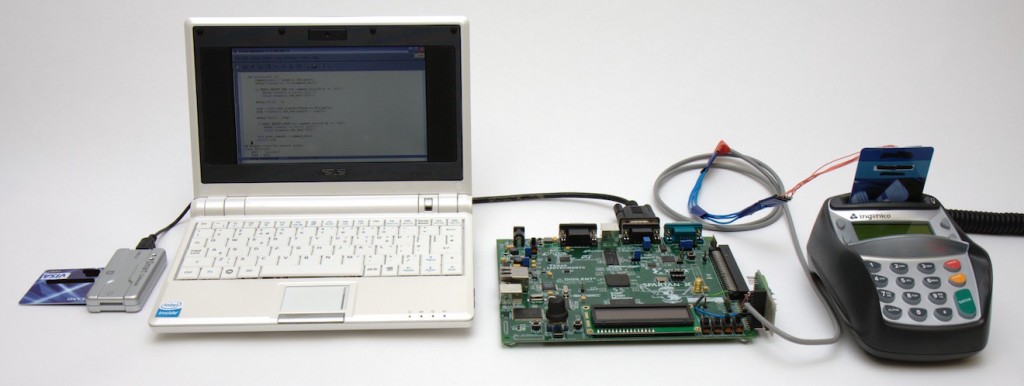Due to more and more services and messaging applications implementing end-to-end encryption, law enforcement organisations and intelligence agencies have become increasingly concerned about the prospect of “going dark”. This is when law enforcement has the legal right to access a communication (i.e. through a warrant) but doesn’t have the technical capability to do so, because the communication may be end-to-end encrypted.
Earlier proposals from politicians have taken the approach of outright banning end-to-end encryption, which was met with fierce criticism by experts and the tech industry. The intelligence community had been slightly more nuanced, promoting protocols that allow for key escrow, where messages would also be encrypted under an additional key (e.g. controlled by the government). Such protocols have been promoted by intelligence agencies as recently as 2016 and early as the 1990s but were also met with fierce criticism.
More recently, there has been a new set of legislation in the UK, statements from the Five Eyes and proposals from intelligence officials that propose a “different” way of defeating end-to-end encryption, that is akin to key escrow but is enabled on a “per-warrant” basis rather than by default. Let’s look at how this may effect threat models in applications that use end-to-end encryption in the future.
Legislation
On the 31st of August 2018, the governments of the United States, the United Kingdom, Canada, Australia and New Zealand (collectively known as the “Five Eyes”) released a “Statement of Principles on Access to Evidence and Encryption”, where they outlined their position on encryption.
In the statement, it says:
Privacy laws must prevent arbitrary or unlawful interference, but privacy is not absolute. It is an established principle that appropriate government authorities should be able to seek access to otherwise private information when a court or independent authority has authorized such access based on established legal standards.
The statement goes on to set out that technology companies have a mutual responsibility with government authorities to enable this process. At the end of the statement, it describes how technology companies should provide government authorities access to private information:
The Governments of the Five Eyes encourage information and communications technology service providers to voluntarily establish lawful access solutions to their products and services that they create or operate in our countries. Governments should not favor a particular technology; instead, providers may create customized solutions, tailored to their individual system architectures that are capable of meeting lawful access requirements. Such solutions can be a constructive approach to current challenges.
Should governments continue to encounter impediments to lawful access to information necessary to aid the protection of the citizens of our countries, we may pursue technological, enforcement, legislative or other measures to achieve lawful access solutions.
Their position effectively boils down to requiring technology companies to provide a technical means to fulfil court warrants that require them to hand over private data of certain individuals, but the implementation for doing so is open to the technology company.





